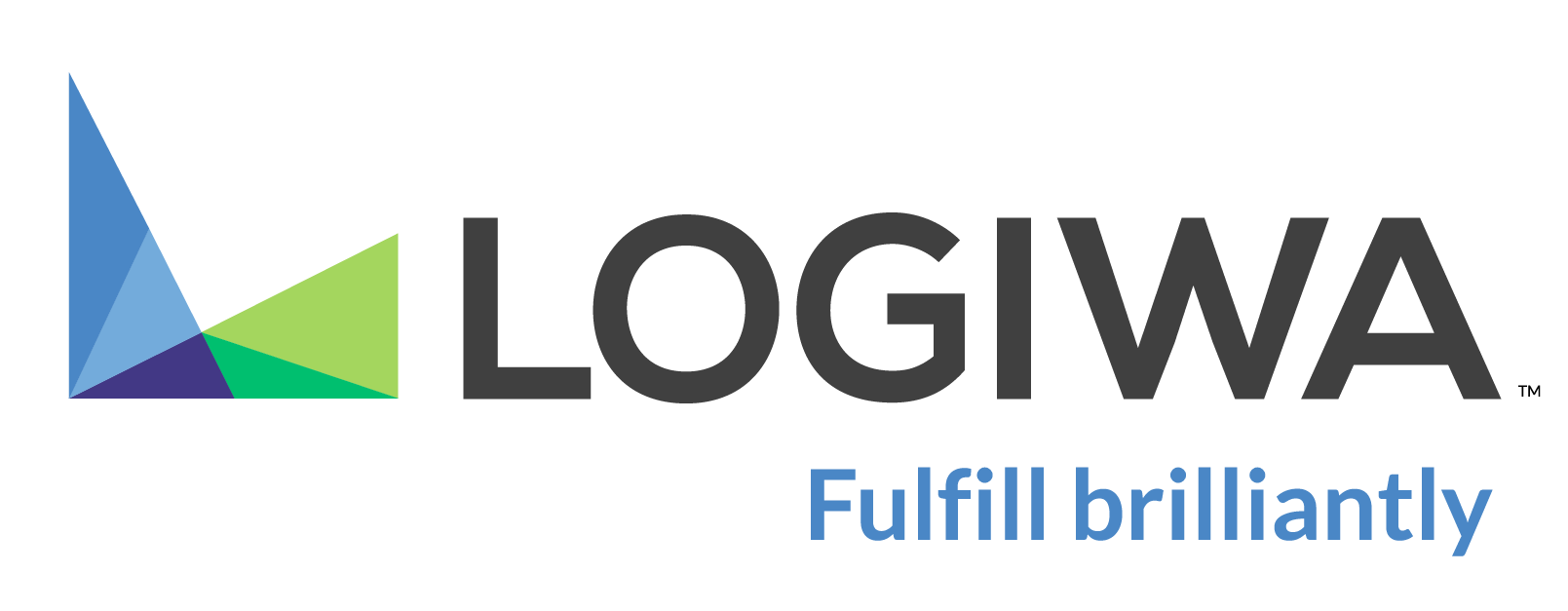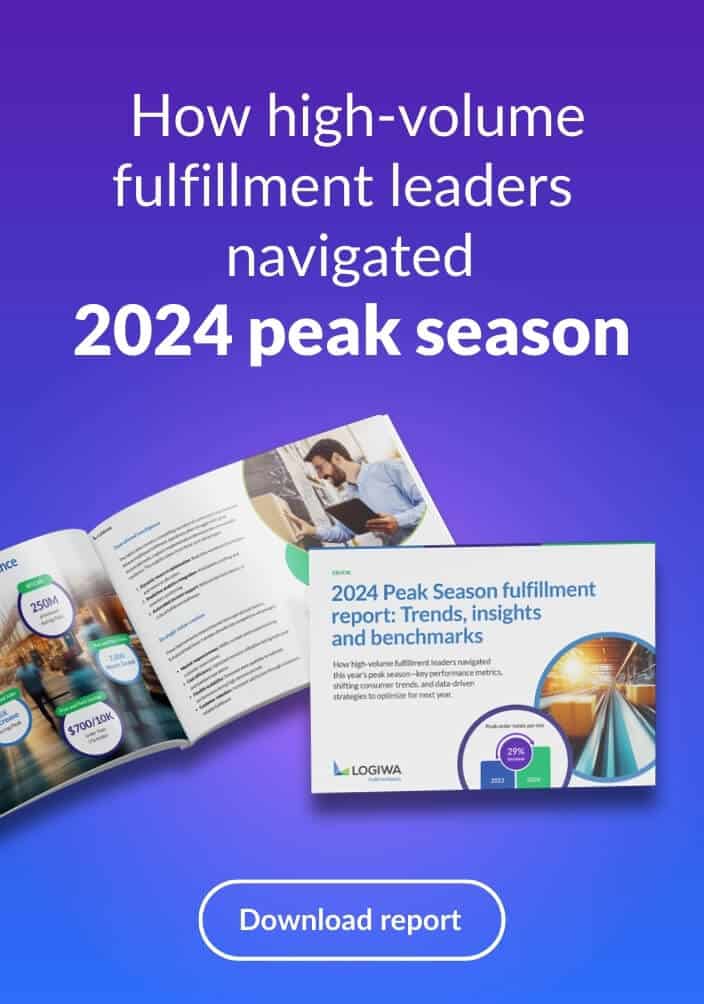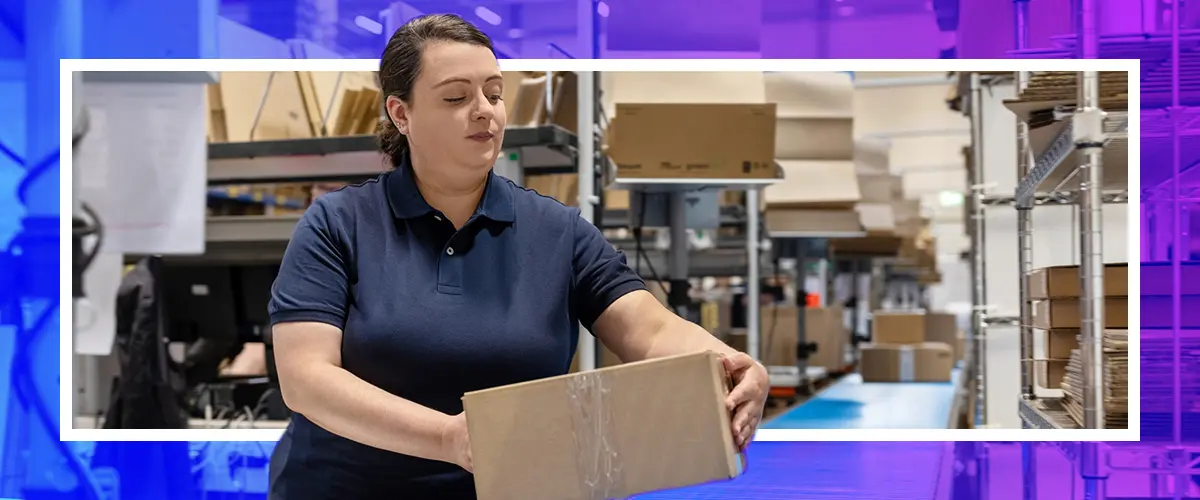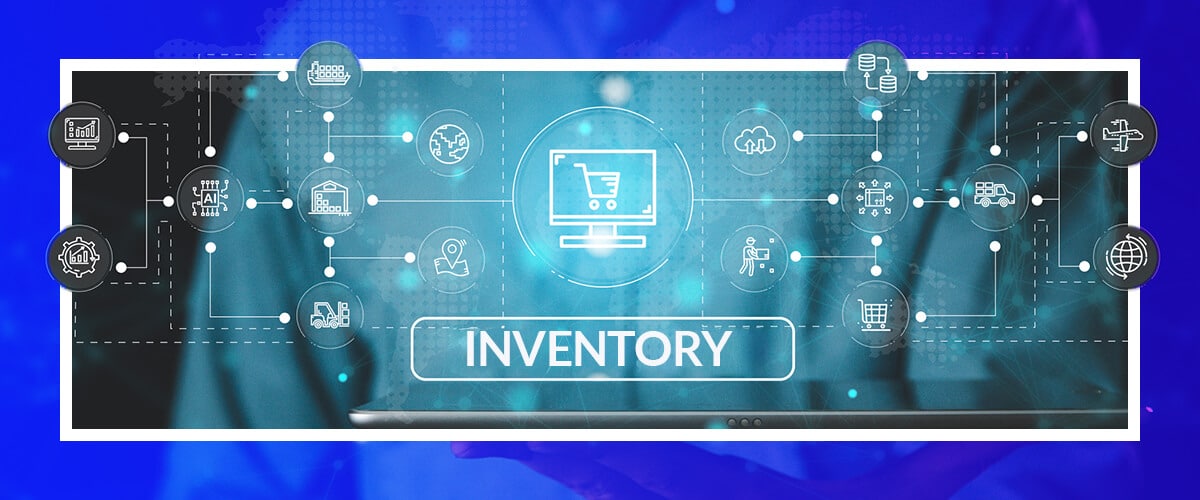If you’re looking for WMS software, you likely have come across Logiwa and Extensiv. Both are established in the industry, but take different approaches to automation, scalability, and usability—differences that can significantly affect your operations.
Read this guide to learn how Logiwa vs. Extensiv compare. By the end, you’ll be able to determine which is best for you.
Key features to evaluate in a 3PL WMS
With so many 3PL software for high volume fulfillment, finding the right fit can be daunting. Here are some key features to consider.
System architecture: headless vs. monolithic
Headless architecture—like Logiwa’s—separates the user interface from the back-end, giving you the freedom to customize dashboards and workflows without disrupting the system underneath.
On the other hand, monolithic architecture links the interface and back-end together. As such, customizations often require workarounds, making scaling expensive and difficult.
Implementation speed and ease of setup
Fulfillment networks don’t have the time and money to wait half a year for new software to go live. Accordingly, a strong WMS should provide fast cloud deployment and guided onboarding so your team can get up and running quickly.
Automation capabilities and workflow optimization
Labor is one of the biggest cost drivers of any business. With that in mind, your WMS should automate repetitive tasks, such as order outing, job creation, and picking rules. This reduces errors and employee fatigue, allowing you to handle higher volumes without needing to hire more staff or overexhaust your current team.
Pricing models and volume-based options
Pick a 3PL WMS vendor that fits your current and future budgets. Look for pricing models that scale with order volume rather than locking you into big tier jumps.
Integrations and multi-warehouse support
A modern warehouse inventory management software seamlessly connects with other business tools, including ecommerce platforms, marketplaces, ERPs, shipping carriers, and accounting systems.
Strong integrations eliminate manual data entry, reduce errors, and ensure orders, inventory, and shipping data stay in sync across every channel. Additionally, your WMS should have true multi-warehouse support that lets you manage inventory, labor, and fulfillment across all your facilities from one central platform.
Unlock a personalized tour of Logiwa IO
Logiwa vs. Extensiv: Feature-by-feature comparison
Here’s how the platforms compare across core dimensions for 3PLs:
| Feature | Logiwa | Extensiv |
| Architecture | Headless, API-driven, highly configurable | REST API and pre-built integrations; exact architectural style not specified |
| Implementation | Fast deployment, guided onboarding | Slower setup, more rigid workflows |
| Automation | AI-driven routing, dynamic workflows, labor optimization | Relies on configurable “orderbots”—rule-based logic that processes orders through filters. Efficient for standard operations, but doesn’t adapt based on AI-driven patterns |
| Scalability | Built for multi-warehouse, multi-client fulfillment | Scaling may be more difficult due to relying on rule-based logic |
| Analytics | More tailored reporting options | Less tailored reporting options |
| User Interface | Modern, intuitive dashboards | Steeper learning curve and less configurability |
| Integrations | API-first platform with robust integrations into ecommerce, shipping carriers, robotics, and ERPs. Open REST APIs and webhooks allow custom connections to BI tools, accounting systems, or in-house apps | Broad—110+ ecommerce connections, 80+ EDI retail partners, and 1,000+ 3PL/WMS links. |
| Customer Portal | Real-time visibility and configurability | Basic client visibility, fewer options |
Scalability and long-term growth considerations
When choosing the right WMS for your 3PL, you must consider scalability—the WMS’ ability to handle a growing amount of work or adapt to changing workloads without sacrificing functionality or performance.
Consider the following:
- Multi-warehouse operations: A modern WMS should enable seamless expansion, whether adding one facility or ten. Logiwa is designed for this growth, while Extensiv often requires more manual and time-consuming setup.
- Future-proof integrations: Headless API architecture, like Logiwa’s, makes it easy to add new ecommerce platforms and carrier connections without major disruption. Extensiv provides broad integrations, but with less architectural flexibility.
- High-volume efficiency: AI-driven workflows, like Logiwa’s, proactively adapt to workplace changes, keeping labor costs stable as order volumes climb. Meanwhile, WMS that require manual rule changes, such as Extensiv, may lead to more downtime and reduced efficiency.
User experience and analytics insights
Besides scalability, your chosen WMS should also deliver a strong user experience and actionable analytics. Here’s what to look for:
- Intuitive onboarding and training: A user-friendly interface requires less training, resulting in less downtime. Many reviewers have noticed that Logiwa has a much more straightforward onboarding process than Extensiv.
- Configurable dashboards and real-time reporting: Configurable dashboards and real-time reporting let you track important key performance indicators (KPIs) like order status, inventory health, and labor use. Logiwa provides more tailored reporting options, while Extensiv reporting is more standardized.
- Transparent and configurable customer portal: A strong WMS should provide clients with self-service visibility into their orders, inventory, and SLAs. Logiwa has configurable portals with real-time visibility, whereas Extensiv and other Logiwa alternatives’ portals have fewer customization options.
Which platform fits growing 3pls best?
Logiwa and Extensiv can both support growing 3PLs, but they serve different needs:
- Logiwa is the best fit for mid-market fast-growing 3PLs, tech-enabled fulfillment networks, and omni-channel retailers that need flexibility, automation, and multi-warehouse scalability.
- Extensiv fits operators with simpler workflows who prefer rigid, standardized processes.
Explore Logiwa to scale your 3PL efficiently
The right WMS is the backbone of your company. With the right platform, you can handle higher volumes, expand into new facilities, and keep clients satisfied. With the wrong one, everything—from managing staff to delivering orders on time—becomes more difficult than it needs to be.
If you’re looking for a future-ready platform, Logiwa is the way to go. It combines AI-driven automation, headless architecture, and scalable integrations to give 3PLs a competitive edge. Request a demo today to see how Logiwa can power your next phase of growth.





